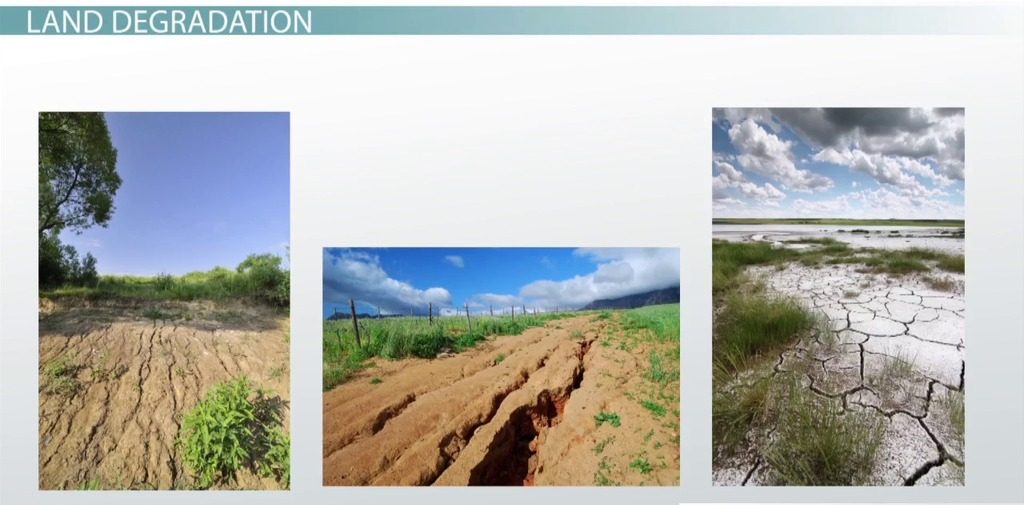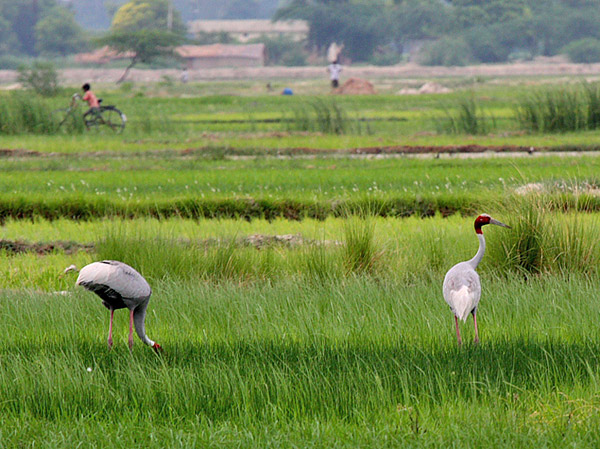In a world grappling with climate change and diminishing natural resources, the need for sustainable and resilient agricultural practices has never been more urgent. Regenerative agriculture emerges as a beacon of hope, offering a holistic approach that not only restores the health of our land but also enhances crop yields. In this blog post, we will delve into the principles, benefits, and the transformative potential of regenerative agriculture.
Introduction
Agriculture has been the backbone of human civilization for millennia, but the way we’ve practiced it has often taken a toll on the environment. Traditional farming methods, characterized by monoculture cropping, excessive use of chemicals, and land degradation, have led to soil erosion, loss of biodiversity, and contributed to greenhouse gas emissions. However, amidst these challenges, a new agricultural paradigm is emerging – one that seeks to heal the land while simultaneously increasing agricultural productivity. This paradigm is known as regenerative agriculture.
The Principles of Regenerative Agriculture
At its core, regenerative agriculture is based on a set of principles aimed at restoring and revitalizing ecosystems rather than depleting them. Here are some key principles:
Minimal Soil Disturbance: Traditional farming often involves deep plowing, which disrupts the natural structure of soil and exposes it to erosion. In contrast, regenerative agriculture encourages minimal soil disturbance, reducing erosion and preserving soil health.
Diverse Crop Rotations: Instead of monoculture, where a single crop is grown year after year, regenerative agriculture promotes diverse crop rotations. This helps break pest and disease cycles, improves soil fertility, and enhances overall resilience.
Cover Crops and Mulching: The use of cover crops and mulching protects the soil from erosion, suppresses weeds, and contributes organic matter, enriching soil fertility.
Reduced Chemical Inputs: Regenerative agriculture reduces or eliminates the use of synthetic pesticides and fertilizers. Instead, it relies on natural processes and beneficial insects for pest control and nutrient cycling.
Integration of Livestock: Integrating livestock into farming systems can mimic natural processes, such as nutrient cycling and grassland health, further enhancing soil fertility.
The Benefits of Regenerative Agriculture
Now that we’ve explored the principles, let’s dive into the numerous benefits of regenerative agriculture:
Soil Health: Regenerative practices improve soil structure, increase organic matter content, and enhance microbial diversity. Healthy soil not only supports higher crop yields but also sequesters carbon, mitigating climate change.
Increased Yields: Contrary to the misconception that sustainable farming leads to lower yields, regenerative agriculture often boosts productivity over time. Healthier soil, diverse cropping, and reduced dependence on chemicals contribute to this increase.
Climate Resilience: Regenerative practices help mitigate climate change by sequestering carbon in the soil. This carbon sequestration not only reduces greenhouse gas emissions but also makes agriculture more resilient to extreme weather events.
Biodiversity Conservation: By promoting diverse crop rotations and reducing chemical inputs, regenerative agriculture fosters biodiversity on farms. This includes not only crops but also beneficial insects, birds, and soil organisms.
Water Quality and Conservation: Regenerative practices reduce runoff and soil erosion, leading to improved water quality. Additionally, they often require less irrigation, contributing to water conservation.
Economic Viability: While transitioning to regenerative agriculture may require initial investments and changes in practices, it can lead to long-term economic benefits. Reduced input costs and increased yields can improve the financial sustainability of farms.
Examples of Successful Regenerative Farms
Regenerative agriculture is not just a theoretical concept; it’s being put into practice by farmers worldwide. Here are a few examples of successful regenerative farms:
Gabe Brown’s Ranch, North Dakota: Gabe Brown turned his conventional farm into a thriving regenerative operation. By implementing cover cropping, diverse rotations, and integrating livestock, he has not only improved soil health but also seen significant yield increases.
Singh Farms, Arizona: In the arid landscape of Arizona, Singh Farms uses regenerative techniques to produce a wide variety of crops. Their focus on composting, mulching, and minimal soil disturbance has created a flourishing oasis in the desert.
White Oak Pastures, Georgia: This multi-generational farm transformed from a monoculture plantation to a diversified, regenerative farm. They now raise a variety of livestock, rotate crops, and focus on soil health. This transition has not only saved the farm but also created local jobs.
The Future of Regenerative Agriculture
As the world grapples with the challenges of climate change, food security, and environmental degradation, regenerative agriculture offers a promising path forward. It’s not just about healing the land; it’s about creating a more sustainable and resilient food system for future generations. Farmers, policymakers, and consumers all have a role to play in supporting and promoting regenerative agriculture. By making the shift towards these principles, we can not only boost yields but also ensure a healthier planet for all.
In conclusion, regenerative agriculture is more than just a buzzword; it’s a transformative approach that holds the key to addressing some of the most pressing challenges of our time. By prioritizing soil health, biodiversity, and sustainability, we can heal the land while simultaneously increasing agricultural yields. The time to embrace regenerative agriculture is now, and together, we can cultivate a better future for agriculture and the planet.






